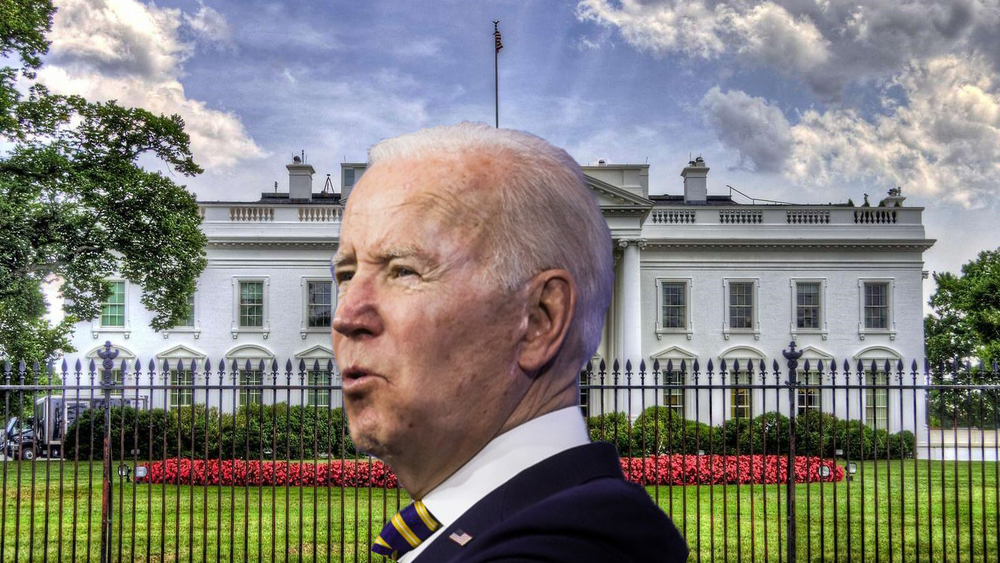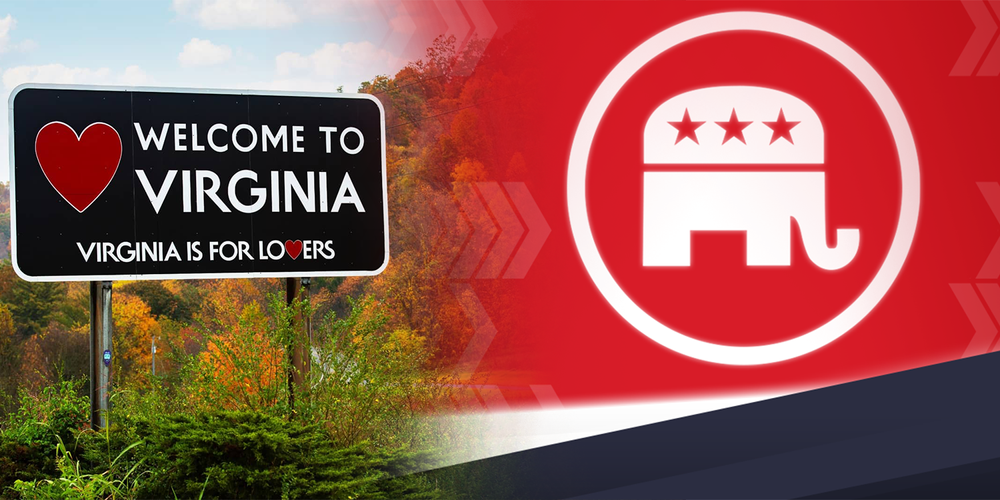
Proposed Rule May Affect US Legal Immigration
Proposed Rule May Affect US Legal Immigration

By the end of July, the Trump administration is expected to take a step closer to another sweeping policy shift that could block millions of foreigners from coming to the United States or from staying in the country if they have had access to certain public benefits, like children's health care.
One team of analysts says the revamped “public charge” policy could lead to U.S. citizens in mixed-status families not getting crucial services they need and are entitled to out of fear that it could jeopardize a relative’s immigration status.
It all comes down to how the U.S. government defines a “public charge,” and the Department of Homeland Security (DHS) is pushing for a change.
Draft versions of the document leaked to media outlets earlier this year reveal the U.S. government intends to broaden which immigrants could be considered “inadmissible” or barred from obtaining permanent residency — that is, a green card.
The DHS proposal indicated the modification to the rule would be published in July, at which time it would be available for public comment and response from the agency. The draft rule was sent to the Office of Management and Budget for review in late March, and there it remains as of July 10.
Who and how
As it stands, when it comes to determining whether an immigrant is likely to become a “public charge,” immigration officials — those inside the U.S. judging cases where immigrants want to adjust their status, and those outside the U.S. adjudicating visas — weigh whether the applicant has received cash assistance from the government or has been institutionalized long term at the government’s expense.
The new rule, according to the leaked drafts, could significantly expand that definition. The March version of the document, if kept as is, would jump from affecting 3 percent of noncitizens to 47 percent, according to a June report from the Migration Policy Institute, a nonpartisan organization that regularly analyzes data and shifts in U.S. immigration policy.
Chilling effects
According to leaked drafts, the Trump administration is considering a rule that could have sweeping effects on both legal immigration to the United States and the use of public benefits by legal immigrants and their families.
Michael Fix, one of the report’s authors, told VOA he feels confident that although the details of what DHS is proposing have not officially been released, “something is going to come out the other end of this policy pipe.”
“There’s a high level of belief that we will see a change in the public charge rule,” he added.
In part, the draft would make immigration officers consider whether the applicant’s dependents — including U.S. citizens — accessed benefits such as food assistance. It would expand the time under consideration to the previous three years, and set standards to determine whether any of the assistance was more than the “de minimus” — the bare minimum — level.
And that’s why the MPI researchers determined that the share of noncitizens that could be held back under the possible new rule would balloon to 47 percent.
“The question is, is this a welfare reform goal? Or is this an immigration reform goal?” asked Fix. “The rhetoric of the Trump administration suggests to me that the primary goal here is an immigration policy.”
Changes to the U.S. immigration system through Congressional action have been notoriously difficult to achieve. While not the first president to take executive actions to modify these procedures, Trump and his cabinet have issued a stream of decisions since January 2017 that have resulted in wide-ranging policy shifts, from cutting refugee admissions to blocking travelers from some countries to rescinding temporary protected status for hundreds of thousands of people.
Asked in March about the leaked proposal, DHS spokesperson Tyler Houlton warned that the draft document was “still pre-decisional.”
“But as we’ve stated very clearly, the administration is committed to enforcing existing immigration law that’s been on the books for a long time, and that part of that is respecting taxpayer dollars in being good stewards of that,” he added.
Policy analysts who favor lower immigration levels have long advocated for a more robust use and definition of the public charge rule.
Big changes for small problems
“This is not a new issue,” said Stephen Yale-Loehr, a professor of immigration law at Cornell University. “The United States has prohibited the entry of paupers and people likely to become public charges since 1882. Most potential immigrants must show that they earn at least 125 percent of the federal poverty income guidelines before they are granted green cards, or have sponsors assume financial responsibility for them.
Moreover, he notes, of the more than 1 million people granted permanent residency in Fiscal Year 2017, only 3,237 were found ineligible, based on public charge concerns.
“The Trump administration is attacking a small problem with a big stick,” Yale-Loehr said.
 Abortion Issue Likely to Dominate Top Court Pick HearingsNext PostFormer Trump Aide Flynn Eager to Get to Sentencing, Lawyer says
Abortion Issue Likely to Dominate Top Court Pick HearingsNext PostFormer Trump Aide Flynn Eager to Get to Sentencing, Lawyer says






